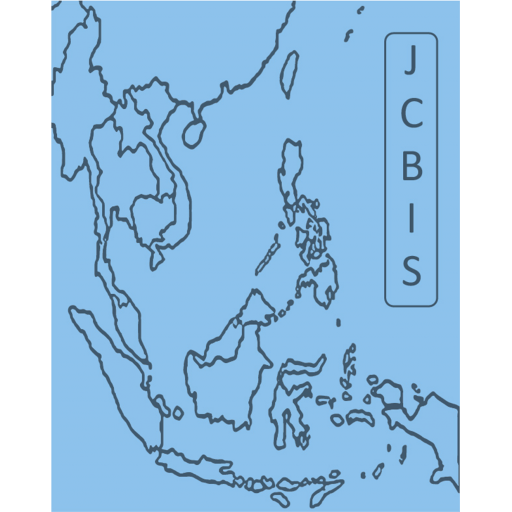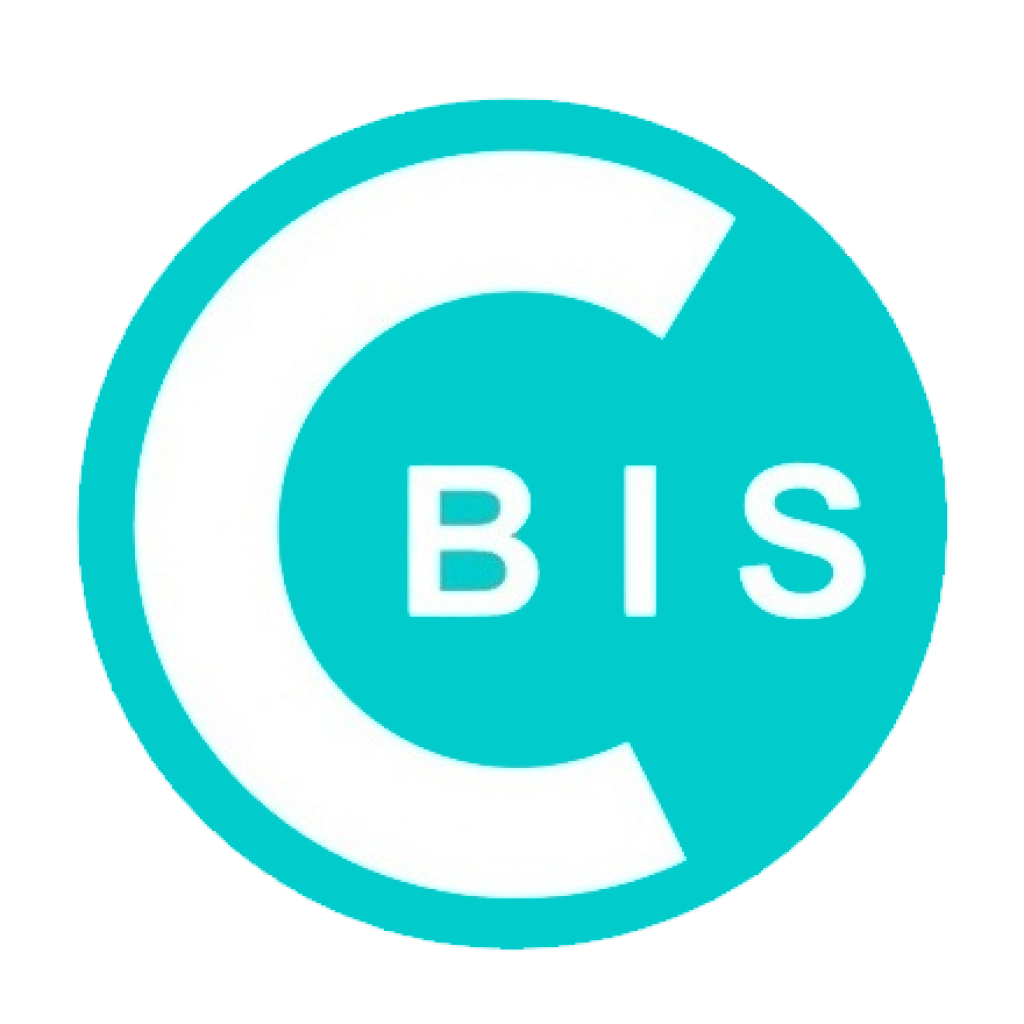1.2 PREPARING YOUR MANUSCRIPT
1.2.1 Word limit
Research articles: approximate 5,000-8,000 words
Review articles (based on 2-4 books): approximate 3,000-4,000 words
Book reviews (single book): approximate 1,000 words
Ph.D Student paper section: approximate 5,000 words
Word limit includes all the footnotes and the bibliography.
1.2.2 Structure
Social Science Paper
Top: Author’s name, affiliation and contact details;
Title: No longer than 20 words, preferred shorter;
Abstract (200 words): provides a focused overview of the article; need to
attract interest in the article;
Keywords (4-5) consider them careful, as they are essential for discovering your article;
Main text structure: introduction, main argument, discussion, conclusion; no more than three levels (1./1.1/1.1.1) should be used in the paper, with first level headlines in capital letters, second level headline italic and third-level headline normal; use footnotes;
Science Paper
Top: Author’s name, affiliation and contact details;
Title: No longer than 20 words, preferred shorter;
Abstract (200 words): provides a focused overview of the article; need to
attract interest in the article;
Keywords (4-5): consider them careful, as they are essential for discovering your article;
Main text structure: introduction, literature review, methodological section, result and discussion section, conclusion; no more than three levels (1./1.1/1.1.1) should be used in the paper, with first level headlines in capital letters, second level headline italic and third-level headline normal; use footnotes;
1.2.3 Formatting issues
Font: Times New Roman font, size 12 with double-line spacing
Margins: at least 2.5cm (1 inch)
Title: use bold for your article title, with an initial capital letter for any proper nouns
Abstract: indicate the abstract paragraph with a heading or by reducing the font size
Page numbers: bottom right
Spelling: British English preferred
1.2.4 Reference Style
JCBIS follows the Harvard reference style
Reference example:
In text citation
one author: (White 1999) or White (1999)
two authors: (Pitt & Smith, 2014) or Pitt & Smith (2014)
more than three authors: (Raab et al., 2015) or Raab et al. (2015)
use of page numbers (direct quotations or ideas taken from a specific page)
single page reference Braun (2019, p. 5)
more page reference Wang et al. (2019, pp. 35-49)
Books
One author:
Biddle, S. (2004) Military Power. Explaining Victory and Defeat in Modern Battle. Princeton, Princeton University Press.
Two or three authors:
Hettn, B., Sunkel, O., Inotai, A. (2001) Comparing Regionalism: Implications for Global Development. Basingstok, Palgrave Macmillan.
Chapter in edited book
Huaheng, Z. (2016) ‘Central Asia in Chinese Strategic Thinking’, in: T. Fingar (ed.) The New Great Game: China and South and Central Asia in the Era of Reform. Stanford, Stanford University Press, pp. 171-189.
Journal articles
Print
Breslin, S. (2016) ‘China’s Global Goals and Roles: Changing The World From Second Place?’, Asian Affairs, 47(1), pp. 59-70.
Online
Breslin, S. (2016) ‘China’s Global Goals and Roles: Changing The World From Second Place?’, Asian Affairs, 47(1), pp. 59-70. Available at: https://www.tandfonline.com/doi/full/10.1080/03068374.2015.1128680 (Accessed: 03 May 2019).
1.2.5 Art Work. Figures. Graphis
Are there any guideline? Below is a one-to-one copy of policy I found online. Would this, of parts of it applies to JCBIS?
Artwork guidelines
Illustrations, pictures and graphs, should be supplied in the highest quality and int electronic format that helps us to publish your article in the best way possible. Pieselov the guidelines below to enable us to prepare your artwork for the printed issue a well as the online version.
Format: TIFF, JPEG: Common format for pictures (containing no text or graphs). EPS: Preferred format for graphs and line art (retains quality when enlarging/zooming in).
Placement: Figures/charts and tables created in MS Word should be included in the main text rather than at the end of the document. Figures and other files created outside Word (i.e. Excel, PowerPoint, JPG, TIFF and EPS) should be submitted separately. Please add a placeholder note in the running text (i.e. “[insert Figure 1.3”)
Resolution: Rasterized based files (ie. with .tiff or .jpeg extension) require a resolution of at least 300 dpi (dots per inch). Line art should be supplied with a minimum resolution of 800 dpi.
Colour: Please note that images supplied in colour will be published in colour online and
black and white in print (unless otherwise arranged). Therefore, it is important that you
supply images that are comprehensible in black and white as well (i.e. by using colour with
a distinctive pattern or dotted lines). The captions should reflect this by not using words
indicating colour.
Dimension: Check that the artworks supplied match or exceed the dimensions of the
journal. Images cannot be scaled up after origination
Fonts: The lettering used in the artwork should not vary too much in size and type
(usually sans serif font as a default).
1.2.6 Supplemental material
Are there consideration to offer an online space for supplemental material linked to
published articles, f. e. tables, presentations, audio files?
1.2.7 English language editing issues
JCBIS does not offer any English language editing, translation, or manuscript formatting assistance and it will be left to the author’s responsibility that the English of the manuscript is up to academic standard. If the manuscript fails this standard, it will not be published.


